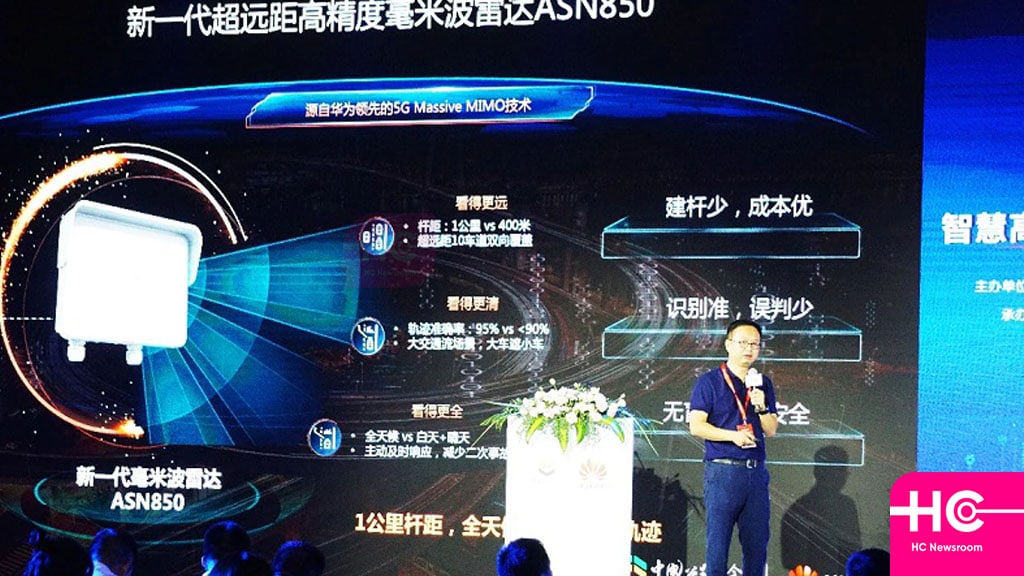Technology
Huawei unveils a new generation high-precision millimeter-wave traffic radar

Huawei has officially unveiled a next-generation ultra-long-radar high-precision millimeter wave traffic radar ASN850. Alongside, the company has also brought the fusion perception engine SNE800 in front of the eyes of the operators.
The company initiated the automation in the Smart high-speed technology development forum that took place at the 24th Chine Expressway Informatization Conference. According to Huawei, the high-precision millimeter wave traffic radar will eventually prove an important roadside sensing unit.
Consequently, with the advancement in technology, the radar system has also shifted from “perception at the node” to “full-time global perception in the road network”. Besides, the new-gen radar is quite capable of detecting and perceiving the traffic flow in all types of weather.
Moreover, the new radar system adopts the leading and most significant 5G Massive MIMO large-scale antenna array, and a super-resolution algorithm. This means, that, unlike traditional traffic perception radar, the new-gen radar will easily dig out the road problems, even in complex scenarios.
For instance, short detection distance, many blind spots, large pole construction requirements, discontinuous cross-station trajectory, and poor detection, and recognition accuracy. Apart from these traits, the newly-designed system can cover two-way, 1000-meter, 10-lanes ultra-long-range coverage without blind spots. This ultimately reduces the requirement of pole stations up to 25 percent.

Fusion Perception Engine SNE800
The gigantic engine, based on the intelligent edge computing platform introduces the principle of continuous coverage lossless switching of wireless base stations. This technology utilizes a single-pole mine-vision fitting, cross-station radar fitting, as well as cross-pole fitting mechanisms.
This helps in ensuring the consistency of the all-weather trajectory. Further, it mainly targets the accuracy rate that can reach 95 percent, by using a variety of advanced algorithms. At the same time, it also gains a recognition rate of 95% in composite situations. For instance, large vehicles covering small ones, vehicles with hazardous chemicals, throwing objects, congestion, and traffic accidents.
Words of Huawei:
The Vice President of Huawei’s Wireless Product Line – Yang Xi, said the following statements, regarding the new technology:
“Huawei has applied its leading wireless technologies to the next-generation ultra-long-range high-precision millimeter-wave traffic radar and fusion perception engine, which has greatly improved the flow, density, and speed of road traffic management. In the upcoming 5.5G era, the integration of wireless perception and communication technology will bring more new scenarios and applications beyond the traditional, and will accelerate the digital and intelligent transformation of thousands of industries.”
[Source]






